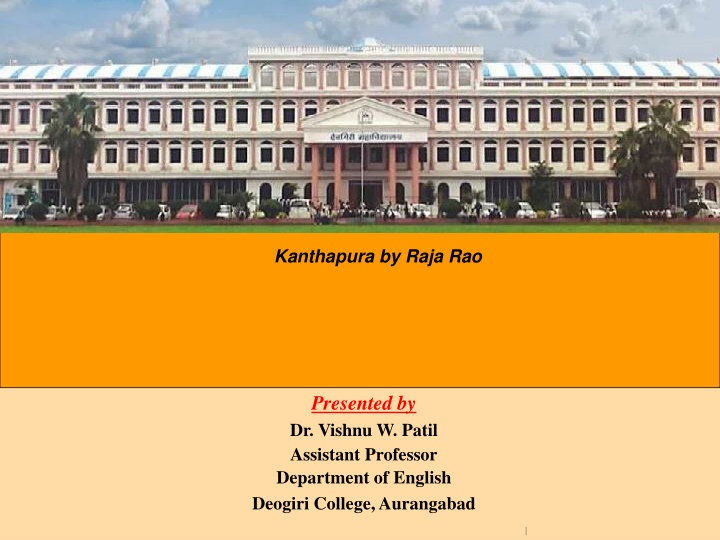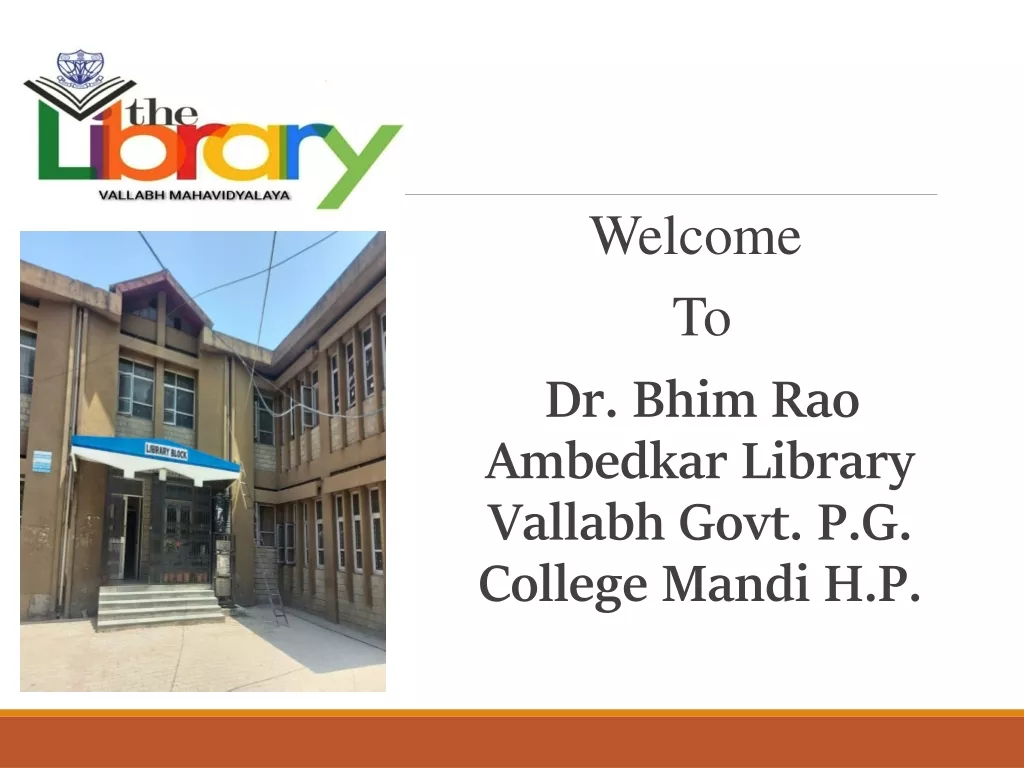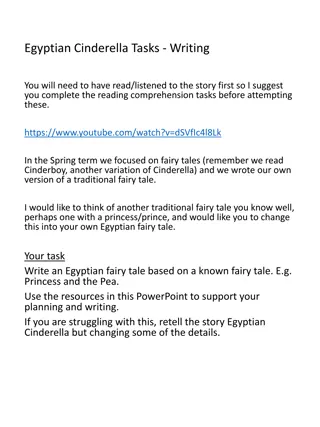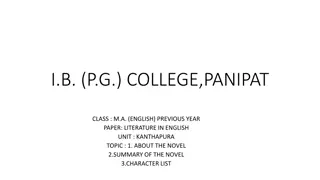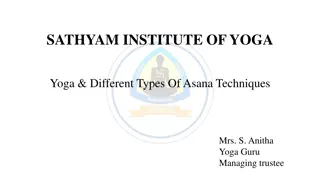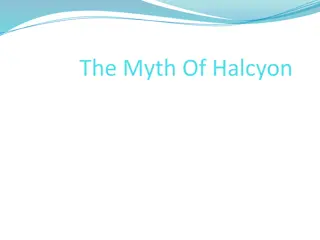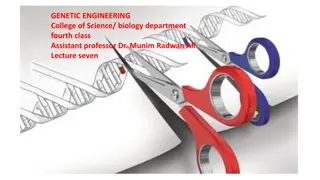Raja Rao's Kanthapura: A Tale of Tradition and Transformation
Raja Rao's novel "Kanthapura" narrates the story of a village in South India through the eyes of an old woman, Achakka. The village is divided by caste, with Brahmins holding privilege. The protagonist, Moorthy, embraces Gandhian ideals and challenges the caste system, facing excommunication. The novel portrays the struggle for unity amidst social divisions and the clash between tradition and modernity.
Download Presentation

Please find below an Image/Link to download the presentation.
The content on the website is provided AS IS for your information and personal use only. It may not be sold, licensed, or shared on other websites without obtaining consent from the author.If you encounter any issues during the download, it is possible that the publisher has removed the file from their server.
You are allowed to download the files provided on this website for personal or commercial use, subject to the condition that they are used lawfully. All files are the property of their respective owners.
The content on the website is provided AS IS for your information and personal use only. It may not be sold, licensed, or shared on other websites without obtaining consent from the author.
E N D
Presentation Transcript
Kanthapura by Raja Rao Presented by Dr. Vishnu W. Patil Assistant Professor Department of English Deogiri College, Aurangabad 1
Raja Rao (8 November 1908 8 July 2006) was an Indian writer of English-language novels and short stories, whose works in metaphysics. The Serpent and the Rope (1960), a semi-autobiographical novel recounting a search for spiritual truth in Europe and India, established him as one of the finest Indian prose stylists and won him the Sahitya Akademi Award in 1964. For the entire body of his work, Rao was awarded the Neustadt International Prize for Literature in 1988. Rao's wide-ranging body of work, spanning a number of genres, is seen as a varied and significant contribution to Indian English literature, as well as World literature as a whole. are deeply rooted 4
Born 8 November 1908 Hassan, Kingdom of Mysore, British India (now in Karnataka, India) 8 July 2006 (aged 97) Austin, Texas, U.S. Writer, professor Kannada, French, English Osmania University, University of Madras, University of Montpellier, Sorbonne 1938 1998 Novel, short story, essay Kanthapura (1938) The Serpent and the Rope (1960) Sahitya Akademi Award (1964) Padma Bhushan (1969) Neustadt International Prize for Literature (1988) Padma Vibhushan (2007) Died Occupation Language Alma mater Period Genre Notable works Notable awards 5
Kanthapura by Raja Rao Raja novel, Kanthapura (1938), is the story of a south Indian village named Kanthapura. The novel is narrated in the form of a Sthala Purana by an old woman of the village, Achakka. Dominant castes like Brahmins are privileged to get the best region of the village, while lower castes such as Pariahs are this classist system, the village retains its long- cherished traditions of festivals in which all castes interact and the villagers are united. The village is believed to be protected by a local deity named Kenchamma. Rao's first and best-known marginalized. Despite 7
Kanthapura by Raja Rao The main character of the novel, Moorthy, is a young Brahmin who leaves for the city to study, where he becomes familiar with Gandhian philosophy. He begins living a Gandhian lifestyle, spun khaddar and discarded foreign clothes and speaking out against the caste system. This causes the village priest to turn excommunicate him. Heartbroken Moorthy's mother Narasamma dies. After this, Moorthy starts living with an educated widow, Rangamma, who is active in India s independence movement. wearing home- against Moorthy to hear and this, 8
Kanthapura by Raja Rao Moorthy is then invited by Brahmin clerks at the Skeffington coffee estate to create an awareness of Gandhian teachings among the pariah coolies. When Moorthy arrives, he is beaten by the policeman Bade Khan, but the coolies stand up for Moorthy and beat Bade Khan - an action for which they are then thrown out of the estate. Moorthy continues his fight against injustice and social inequality and becomes a staunch ally of Gandhi. Although he is depressed over the violence at the estate, he takes responsibility and goes on a three-day fast and emerges morally elated. A unit of the independence committee is then formed in Kanthapura, with the office bearers vowing to follow Gandhi s teachings under Moorthy's leadership. 9
Kanthapura by Raja Rao The British government accuses Moorthy of provoking the townspeople to inflict violence and arrests him. Though the committee is willing to pay his bail, Moorthy refuses their money. While Moorthy spends the next three months in prison, the women of Kanthapura take charge, forming a volunteer corps under Rangamma's leadership. Rangamma instills a sense of patriotism among the women by telling them stories of notable women from Indian history. They face police brutality, including assault and rape, when the village is attacked and burned. Upon Moorthy's release from prison, he is greeted by the loyal townspeople, who are now united regardless of caste. The novel ends with Moorthy and the town looking to the future and planning to continue their fight for independence. 10
